Global
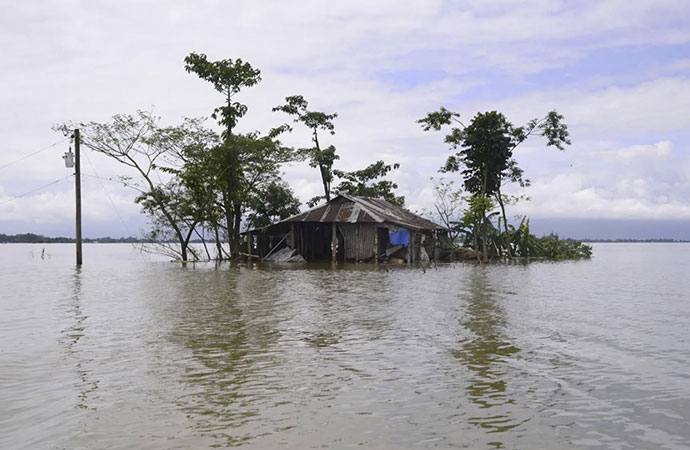
A house is surrounded by flood waters in Sylhet, Bangladesh, Wednesday, June 22,2022. Photo: AP/UNB
Bangladesh stands as one of the most vulnerable countries to disasters and is at the frontline of the global climate crisis. Statistically, 99% of its population and 97 of the total land are vulnerable to one or the other forms of disasters. With its low-lying geography, dense population, and fragile ecosystems, the country faces frequent floods, tropical cyclones, landslides, thunderstorms, riverbank erosion, salinity intrusion, and increasing temperature extremes. Yet, despite its well-documented vulnerability, disaster risk management (DRM) and climate change mitigation and adaptation (CCMA) often remain underrepresented in the strategic priorities of many social organizations and political parties. It is high time to change that.
Approaches of disaster risk management
The Command-Control model of disaster management has its roots in military strategy and has historically dominated emergency response systems, particularly in the mid-20th century. This model operates through a centralized, top-down hierarchy where decisions are made by authorities and disseminated down to responders and communities. It emphasizes efficiency, discipline, and uniformity, and was particularly effective in responding to disasters where rapid mobilization and strict coordination were crucial-such as during wars or large-scale natural disasters. However, this approach often marginalized local communities, overlooking indigenous knowledge, grassroots resources, and local dynamics that could have enhanced response effectiveness and recovery efforts.
In contrast, Community-Based Disaster Management (CBDM) emerged in the late 20th century as a response to the limitations of the command-control model. CBDM prioritizes local participation, empowering communities to assess their vulnerabilities, plan for disasters, and manage recovery efforts using their own knowledge and resources. This approach gained traction particularly in developing countries, where formal disaster response mechanisms were often inadequate or delayed. It evolved through grassroots movements, NGOs, and international development organizations that recognized the importance of bottom-up planning in reducing disaster risks. CBDM is now widely preferred because it fosters community ownership, sustainability, and resilience, ensuring that disaster responses are tailored to local needs and are more inclusive and adaptive over time.
Communities as effective first responders
We can draw numerous examples of how communities work effectively as the first responders to disasters. Catastrophic disasters damage transport and communication network isolating affected community from national and regional support centres. Community often depends on self-help and mutual support within the community to survive during emergency period. During the 1991 super cyclone, remote coastal areas and island areas in Bangladesh were completely disconnected from the national communication system. External help from district and national government could not reach during the first five days after the super cyclone landfall. It was the community members who supported burial, medical assistance, support food, water and housing for each other. Self-help initiatives were pivotal during 'the 2008 Wenchuan Earthquake' in China, where communities organized to provide immediate assistance. Communities in remote areas self-organized rescue teams, aiding trapped individuals before external help arrived. Local knowledge of terrain and resources enabled swift response and facilitated early recovery efforts. During 2017 Rangamati landslides, locals participated in recovery efforts before arrival of civil defence and army team. Our research suggests that when professional rescue team were struggling to identity location of victims, locals who often visit families and live in kinship ties, can even help to local specific room of a house where victim were tapped by landslides. Mutual aid fosters community cohesion by promoting collaboration and collective action among neighbours and local organizations. It emphasizes the importance of reciprocal support, resource sharing, and coordinated responses during emergencies, thereby enhancing overall community resilience and reducing dependency on external assistance. For example. In Aceh, Indonesia during 2004 Indian Ocean earthquake and tsunami, and Kerala, India during the 2018 floods and landslides, affected communities rallied together to rebuild infrastructure and livelihoods. These examples illustrate that effective disaster risk management integrates disaster education, self-help initiatives, and mutual aid, fostering community empowerment and resilience. By learning from past experiences and leveraging local knowledge, communities can better prepare for and respond to future disasters, minimizing loss of life and livelihoods.
An Unavoidable Reality
From the deadly Cyclone Sidr in 2007 to the more recent impacts of Cyclone Amphan and repeated flash floods and the other public health challenges including child drowning and dengue fever, Bangladesh's disaster, climate change and public health challenges are sobering reminder of the need for proactive resilience-building. The Intergovernmental Panel on Climate Change (IPCC) has repeatedly flagged Bangladesh as one of the country's most at risk from climate-induced displacement, food insecurity, and livelihood loss. Despite these facts, disaster risk management, climate change mitigation, and adaptation are still largely treated as the domain of a few government departments, NGOs, and academic institutions. The broader political apparatus, including most mainstream parties and grassroots social groups, have yet to fully integrate climate resilience into their agendas and operations. However, they are more deeply rooted within the community and have better opportunity to raise awareness. Not necessarily all disaster risk reduction and public health challenges need expert, academic and professional knowledge.
For example, in Bangladesh annually over 15000 child faces drowning deaths which are avoidable death public awareness and capacity building. Efforts by the Government of Bangladesh and NGOs are expensive and are limited in scale. However, political parties and social groups leaders who emerges from community can generate awareness and capacity building with no cost in extensive scale in a short time. We have already documented that the canal rejuvenation efforts undertaken by Jamaat-e-Islami Bangladesh in 2025-using their own supporters and funding-were more than 100 times less expensive than the estimated cost had the project been implemented by public authorities. Following this example, the Chittagong City unit of the Bangladesh Nationalist Party (BNP) has initiated a voluntary canal excavation campaign to address the city's persistent waterlogging problem. The party has committed to fully financing the initiative from its own resources.
Why Political and Social Organizations Matter
The fact is that political will can make or break a country's resilience. When political parties and social organizations actively support preparedness and adaptation, it creates systemic change that top-down policies alone cannot achieve. Political parties play a key role in shaping public priorities, mobilizing resources, and influencing policy directions. Similarly, social organizations, including youth groups, religious networks, cooperatives, and unions, are trusted community actors that can translate complex climate science into local action. We have seen overwhelming participation and response of political parties in major historical disasters like 1988 floods and more recent 2024 southeaster flash floods. Disaster risk management cycle includes prevention, mitigation, preparedness, response, relief and rehabilitation. These can be divided into two major groups: pre-disaster and post-disaster. A World Bank estimate suggests that investment in preparedness is eight times more cost-effective than the cost of damages incurred when early warning systems are not in place. Put simply, every dollar invested in preparedness can save up to eight dollars in disaster-related losses. Most political manifestos still give climate and disaster issues a token mention, mostly engaging themselves in post disaster response. Embedding disaster risk management, climate change mitigation, and adaptation into their core agendas means these entities are not just responding after disasters occur, but actively working to prevent them, mitigate their effects, and support community recovery.
Hope from the Grassroots
Encouragingly, some social movements in Bangladesh are beginning to engage more deeply with climate issues. From youth-led climate strikes to local women's groups developing cyclone preparedness plans, the seeds of a broader civic movement are already growing. These efforts, however, need institutional support and political recognition to scale and sustain their impact. Bangladesh cannot afford to view climate change and disaster risk through a narrow lens. The challenges are too complex, and the stakes too high. Climate resilience must not be treated as a specialist agenda-it must become a national mission embraced by every political party, social group, and citizen. In doing so, Bangladesh will not only safeguard its future but also stand as a global example of how a vulnerable nation can lead with vision, unity, and resilience.
Budgetary constraints remain one of the key challenges in addressing climate change and disaster risk management in Bangladesh. Preventing avoidable deaths-such as those from child drowning-requires substantial financial resources, manpower, logistical support, and time, which cannot be met by government agencies and NGOs alone. Political parties, which are deeply embedded within communities, can serve as cost-effective channels for public mobilization and awareness. Mass gatherings and sporting events organized by political parties routinely draw large crowds. These events could be strategically utilized to disseminate vital information on climate risks, disaster preparedness, and public health without incurring additional costs. While academic literature often advocates for integrating such awareness efforts into everyday practice, they are typically undertaken only after disruptions occur. Organizing similar events through NGOs or public institutions requires significant funding, whereas political platforms offer existing, free-of-cost opportunities. Moreover, during election campaigns, many banners, flyers, and posters are produced, often criticized as wasteful and environmentally harmful. If political parties are made aware of their potential role in environmental protection, disaster prevention, and public health advocacy, they can redirect resources towards meaningful engagement. It is therefore essential that political parties include proactive commitments in their election manifestos to address climate challenges, promote sustainable practices, and contribute to long-term community resilience.
Dr Edris Alam, (MSc, UK, PhD, UNSW Australia), Professor and Former Chairman, Department of Geography and Environmental Studies, University of Chittagong, Chittagong






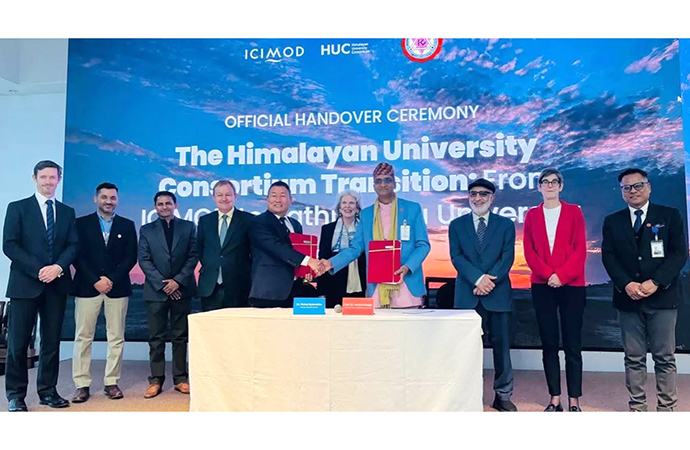
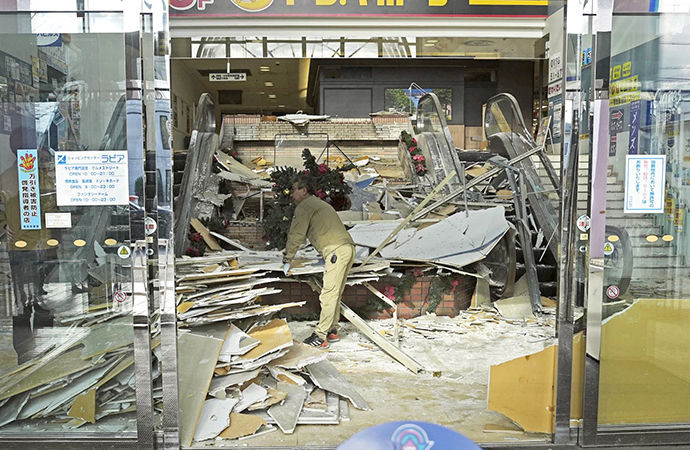


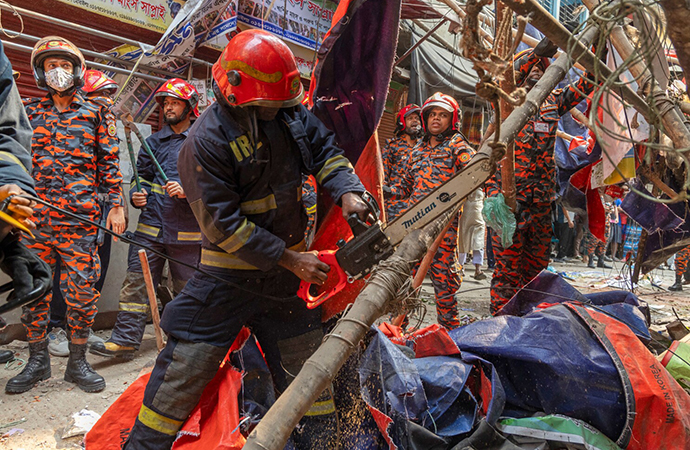
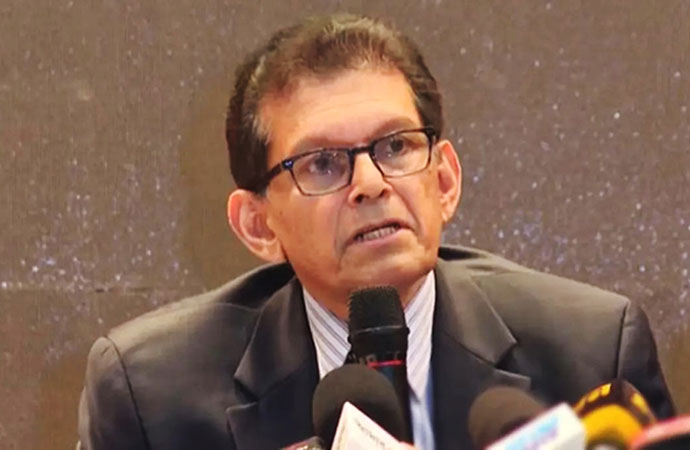
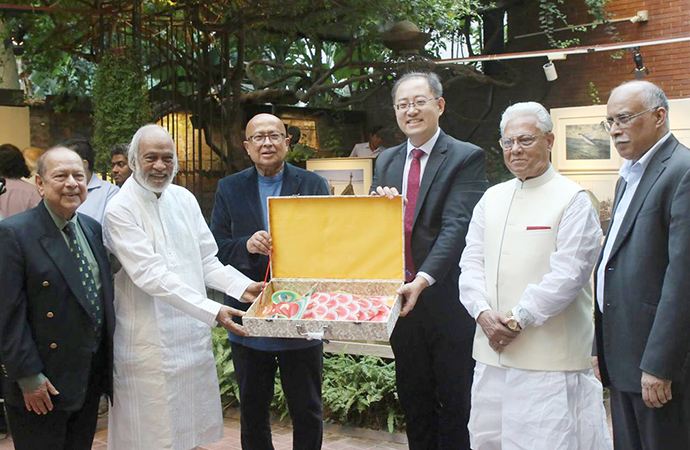

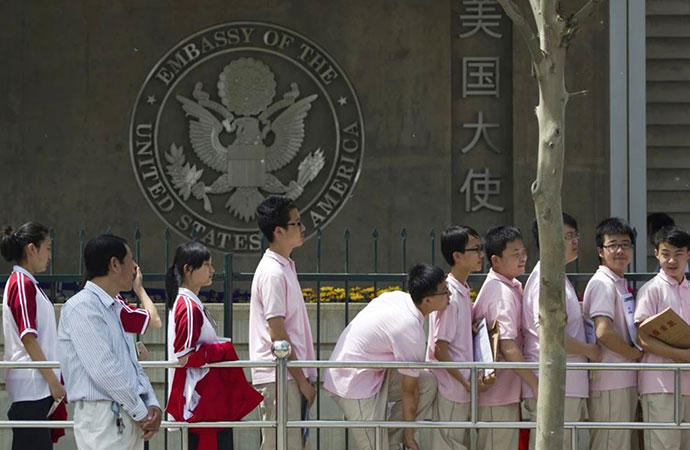

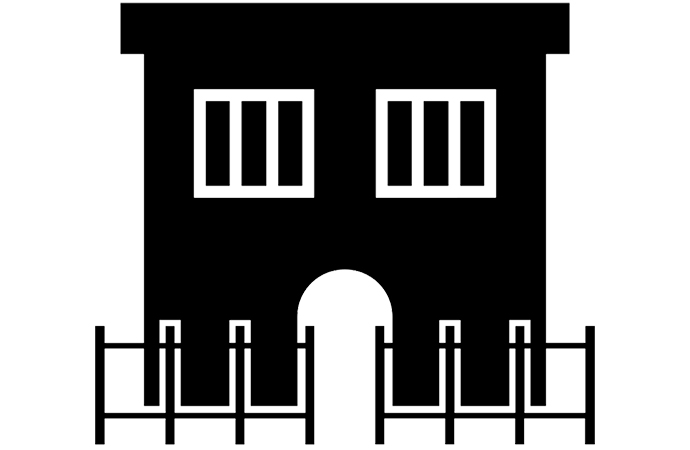

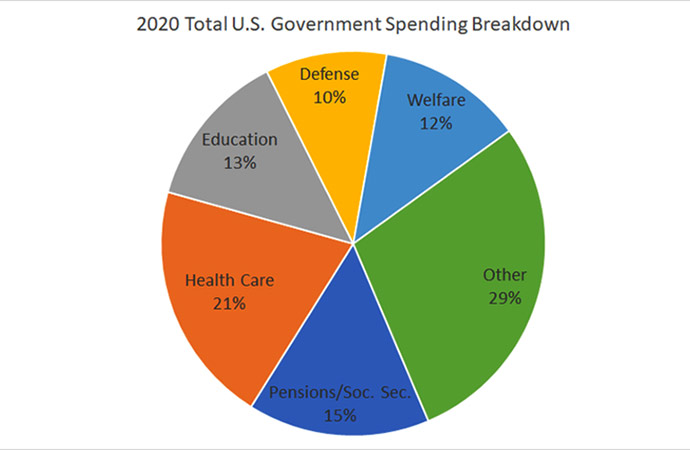
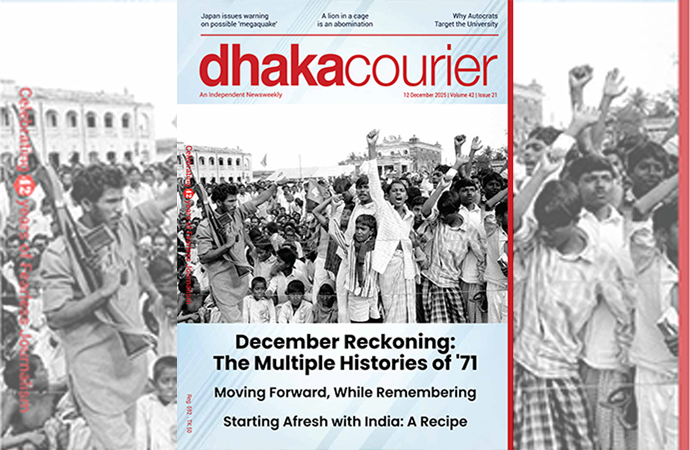

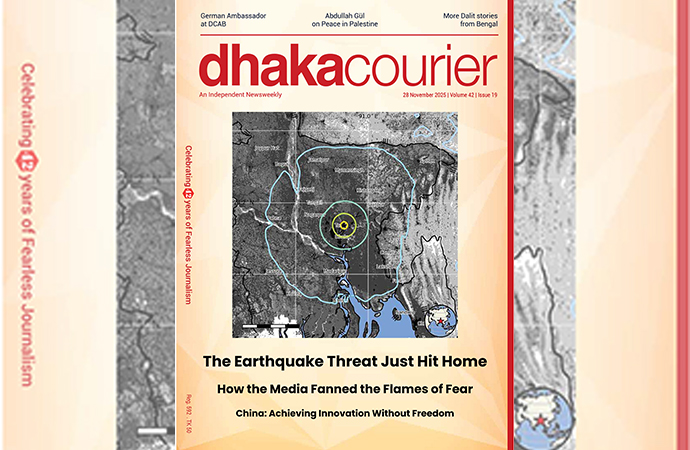
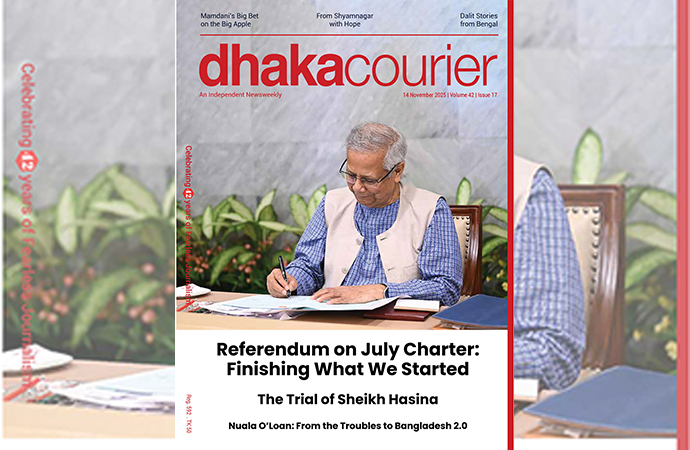
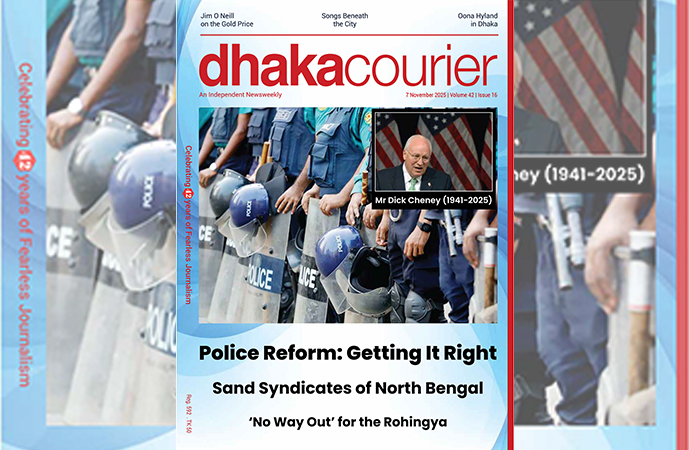
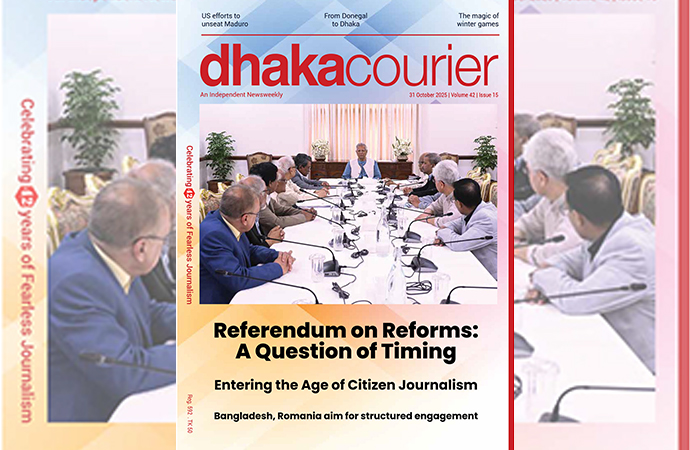
Leave a Comment
Recent Posts
Right On Schedule
The most eagerly anticipated, and frankly hyped up, announcement of an ...
Fighting raged along the borde ...
Fighting raged along the border of Cambodia and Thailand, with explosi ...
ICIMOD drives regional cooperation to inspire new mo ..
The Cage of Captivity and the Cry for Freedom: A Cru ..
Why Japan issued an advisory for a possible megaquak ..
The Autocrats’ War on Universities